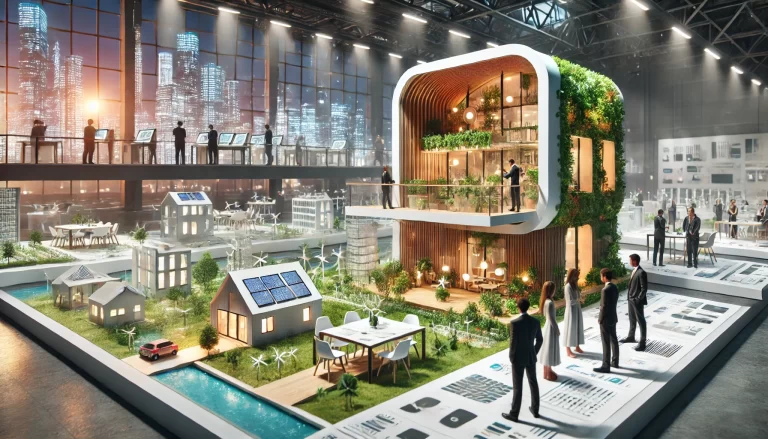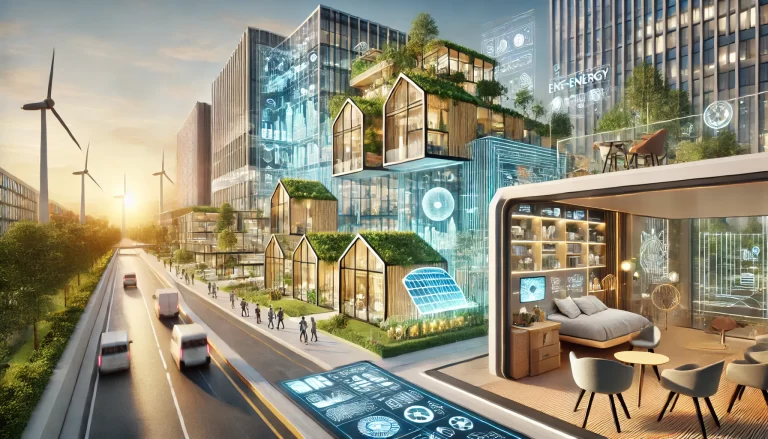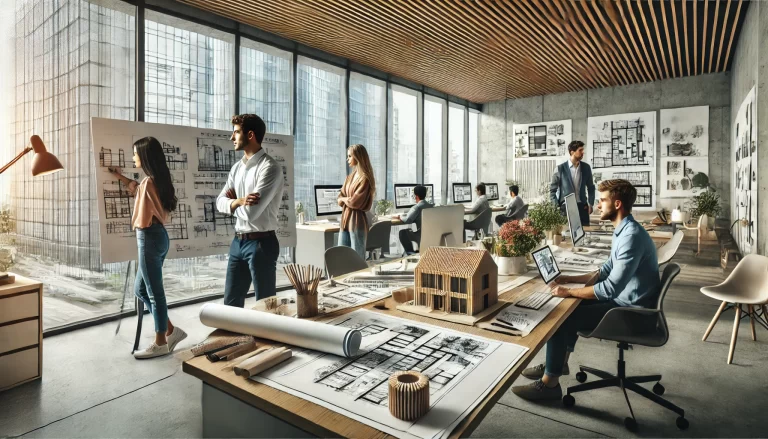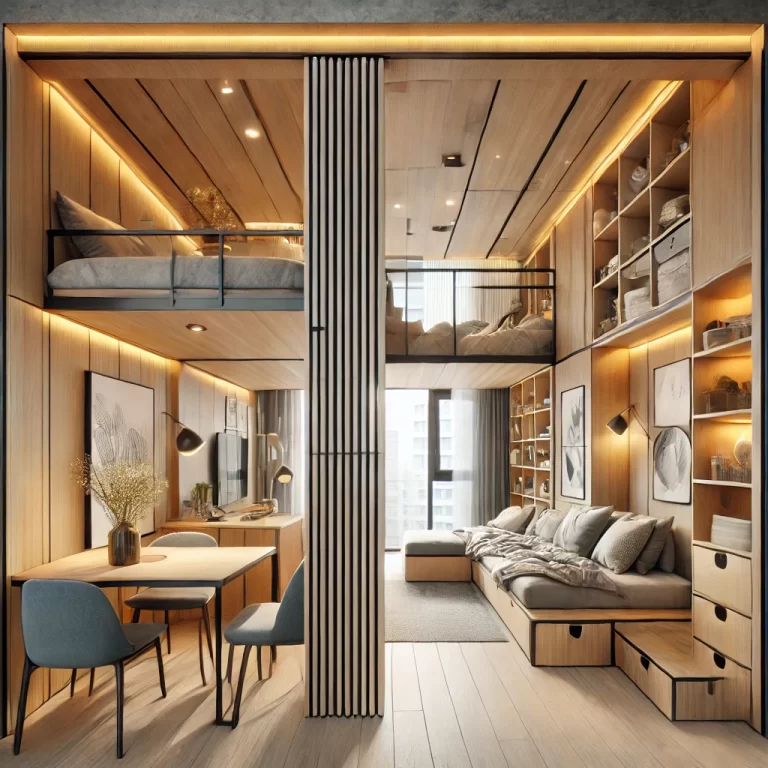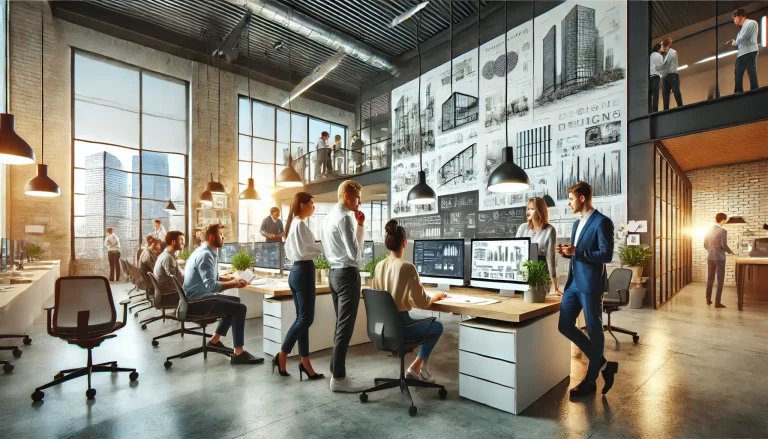Brilliant Architectural Concepts by Chamber Students
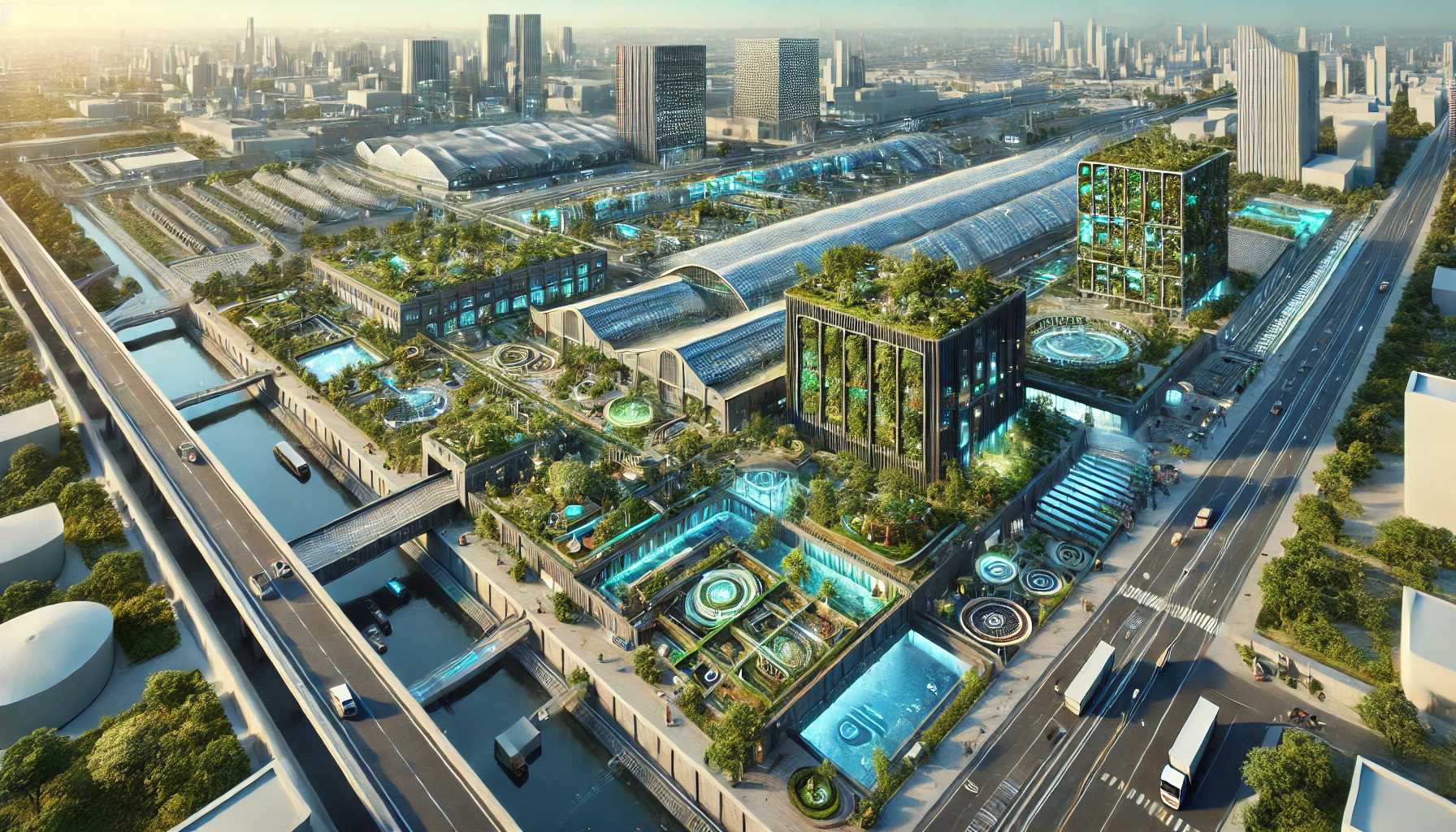
Architecture students, particularly those from renowned design schools, are consistently developing groundbreaking concepts that challenge conventional approaches to design. The creative thinking and bold ideas coming from chamber students—students studying within elite architecture programs—are pushing the limits of what’s possible in the field. Let’s explore some of the most brilliant architectural concepts emerging from this community of aspiring architects.
1. Adaptive Reuse and Urban Regeneration
Chamber students are redefining the concept of “reuse” in architecture, turning old and abandoned buildings into modern, sustainable spaces. One standout concept involved transforming an old industrial warehouse into a multi-use cultural center. The design preserved the original structure while introducing elements like green roofs, solar panels, and sustainable materials. This adaptive reuse project demonstrates how architecture can breathe new life into outdated structures while contributing to urban regeneration.
2. Biophilic Design and Nature Integration
Biophilic design—the practice of incorporating nature into the built environment—is another area where chamber students are excelling. One innovative project involved the design of a residential building where each floor was designed to resemble different ecosystems, such as forests, wetlands, and deserts. This concept focused on connecting occupants with nature while improving mental health and well-being through natural elements like plant walls, water features, and plenty of natural light.
3. Smart Cities and Futuristic Infrastructure
With the rise of smart cities, chamber students are conceptualizing architectural solutions that integrate cutting-edge technology. One forward-thinking design imagined a future city that seamlessly connects architecture with the internet of things (IoT). Students explored how cities could utilize smart infrastructure—such as energy-efficient buildings, automated waste systems, and intelligent traffic management systems—to become more sustainable and livable.
4. Vertical Living and Urban Density
As cities grow and space becomes more limited, chamber students are exploring vertical architecture as a way to address urban density. A notable concept in this category was a vertical garden city that combined residential apartments with communal green spaces and farming areas. The design aimed to reduce urban sprawl by creating multi-level environments that maximize available space while promoting sustainability through local food production.
Conclusion
The architectural concepts being developed by chamber students showcase the innovative potential of the next generation of architects. Their designs, whether focused on urban regeneration, biophilic principles, smart technology, or vertical living, illustrate the exciting possibilities of future architectural practice. These students are proving that great architecture is not just about building spaces—it’s about reimagining how we live, work, and interact with our surrounding.

